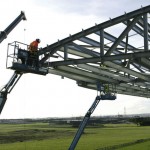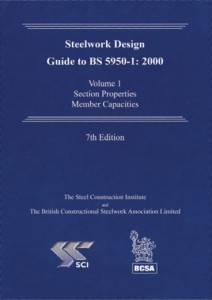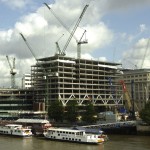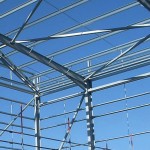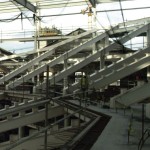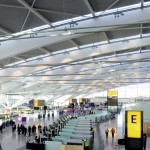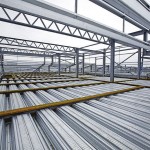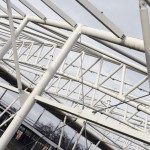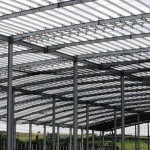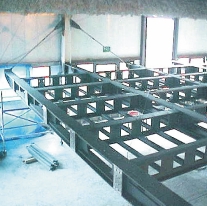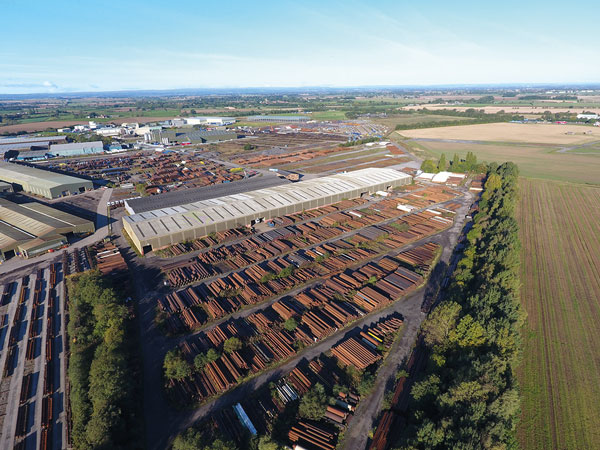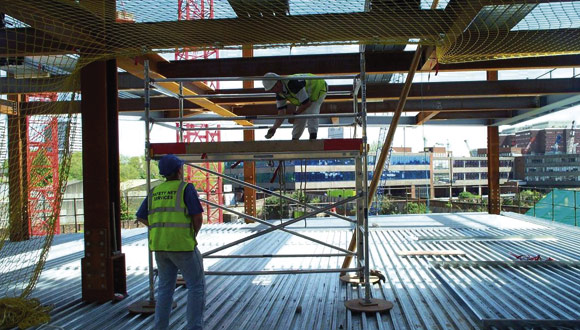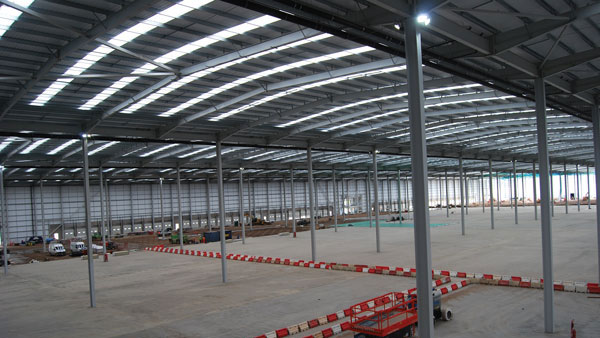Technical
The case for steel – Facts
The case for using steel as a construction material in the UK is overwhelmingly strong. Steel dominates the market as a building framing solution and for longer span bridges, and increasingly for shorter spans as well.
Over the past year or so NSC has run a series of articles aimed at providing a comprehensive outline of why the choice of constructional steelwork represents the value for money option with an overview of the case for steel. The Case for Steel was described under the following headings:
- Health and safety
- Quality construction
- Vibration and acoustics
- Fire performance
- Sustainability
- Economics
- Supply chain
- Sector support
- Structural solutions
The features identified as making the case for steel are summarised here. The full articles can be read and downloaded from NSC’s website: www.new-steel-construction.com
Health and safety
- Steel is inherently safer than other methods of construction
- Steel’s use reduces the numbers of people working on site, reducing the risk of accidents
- Accurate offsite fabrication reduces the amount and handling of waste
- On site pre-assembly can further reduce the number of lifting operations, with less need to work at height
- Temporary works are minimised
- Steelwork can be easily modified, even if changes are needed while erection is underway
Sector support
- Extensive specialist advice is provided by the steel construction sector free of charge, a level of technical and other support that is unmatched by any other construction material
- Steel sector support is committed to helping designers develop innovative solutions
- This is underpinned by experts at Corus, the BCSA and SCI in all technical matters across engineering, building physics, design and fire safety
- No other construction material has such a sustained track record of major investment in technical research and development
- Since the 1980’s Corus has operated a network of regional based technical managers who are on hand to offer guidance and support to designers in steel
- An extensive range of support material is available and a comprehensive range of design guides covering all aspects of steel construction is provided
- Significant resources have been committed to preparing design guidance, training aids and web-based learning packages in connection with Eurocodes and will be available for practising engineers when they need it
Economics
- In inflation-adjusted terms steel has fallen in price since 1980 and is cheaper than it was 15 years ago
- Steel’s many cost advantages give pay-back during the course of construction and throughout the building’s working life
- The most recent Market Shares survey, for 2008, shows steel now commands over 70% of the market for multi storey buildings
- Lighter foundation loads made possible by steel frames can have a big impact on costs
- Steel structures can be erected speedily, delivering time savings in the build programme compared to a concrete frame
- Steel’s adaptability and flexibility mean that future changes or extensions can be carried out with minimal disruption and cost
- The large column-free spaces created by long-span steel sections mean that buildings can be constantly adapted to cope with changing requirements
- Building interiors can be easily and economically adapted, avoiding the high costs of redevelopment or demolition
Sustainability
- Steel is the most recycled material in the world
- 99% of structural steel used in the UK is re-used or recycled
- Steel is multicycled, and never loses its original quality
- Waste is either minimal or non-existent
- Offsite production is inherently safer than on site construction
- Steel buildings are adaptable and flexible
- BCSA members signing up to BCSA’s Sustainability Charter agree to assessment of their sustainability credentials
Fire performance
- More is known about how steel-framed buildings behave in fires than about the fire performance of any other construction material
- The performance of other materials in fire is under researched – concrete for example has never been subject to large scale fire tests
- Major concerns exist about spalling of concrete in fires
- Offsite application of intumescent coatings has been a breakthrough for the steel construction sector
- Thanks to full scale testing at the BRE’s Cardington facility, performance based design approaches have been developed that reduce the extent of fire protection needed in composite construction
- It is sometimes possible to design structural steelwork to achieve 30 minutes fire resistance without additional fire protection, by increasing the weight of steel sections or substituting a higher grade of steel
Structural solutions
- Steel allows minimum floor construction depths and large column free floor areas are routinely achieved
- Steel provides large column free areas on many iconic buildings
- A wide range of benefits flows from using composite floor slabs that are the most common solution on multi storey buildings in the UK
- The established composite floor systems represent familiar site practice, without the need for careful on site control
- Services and ceilings can be quickly installed thanks to the simple fixing arrangements provided with a steel frame
- Services can easily be integrated with supporting steelwork
- The advantages of a long span, lightweight steel solution can outweigh the desire for a shallow construction depth
- Steel frames are readily adaptable, and can be extended horizontally and vertically with relative ease
- Steel framed buildings can be easily dismantled and all of the steel can either be re-used or be returned to the steel making process
Vibration and acoustics
- Floors of steel framed buildings have always performed in line with requirements of the varying and demanding uses to which they are put
- Physical tests on finished steel framed buildings show that no special measures need be adopted for vibration on most steel framed buildings
- The same design of floor that is typical of multi storey commercial buildings satisfies the most exacting National Health Service requirements
- Health service professionals value the ‘future proofing’ that the easy adaptability of a steel framed building provides
- The long span solutions that only steel can provide can be even more appropriate for vibration sensitive areas as the greater mass that participates in the vibration motion tends to reduce the dynamic response, so there is less vibration
- The acoustic performance requirements of Part E of the Building regulations are easily satisfied by steel framed buildings without any special measures
- Compliance with Part E must be demonstrated by post-completion testing, or by the use of approved details known as Robust Details
- Robust details of proven reliability are available for floors, walls and flanking connections. Details are continuously being developed
Quality construction
- Steel provides the surest guarantee of a high quality finished building or bridge
- Steel is fully tested and certified before it arrives on site
- All Corus structural steel is CE marked
- Steelwork is produced in factory conditions to high tolerances
- Steel production and fabrication processes are fully quality assured
- Fabrication is driven by 3D modelling and numerically controlled fabrication machinery
- All BCSA steelwork contractors are regularly checked for their technical capabilities and financial standing
Supply chain
- The strength of the steel supply chain is one of the most striking characteristics of the UK construction market
- There is a wide range of highly skilled and experienced steelwork contractors able to tackle the most complex and technically challenging projects
- Steelwork contractors ensure a competitive tendering environment, compared to projects using other materials that might at best attract only two bids
- Corus introduced 21 new beams and columns to its standard section range to create the Advance range. Advance covers the full range of hot-rolled sections manufactured by Corus for the UK market, fully CE marked and compliant with the Construction Products Directive.
- Developments in fabricating machinery are a large part of the reason for the advances in quality and productivity in steel construction
- Paint and protective coatings manufacturers continuously improve products for the steel sector







